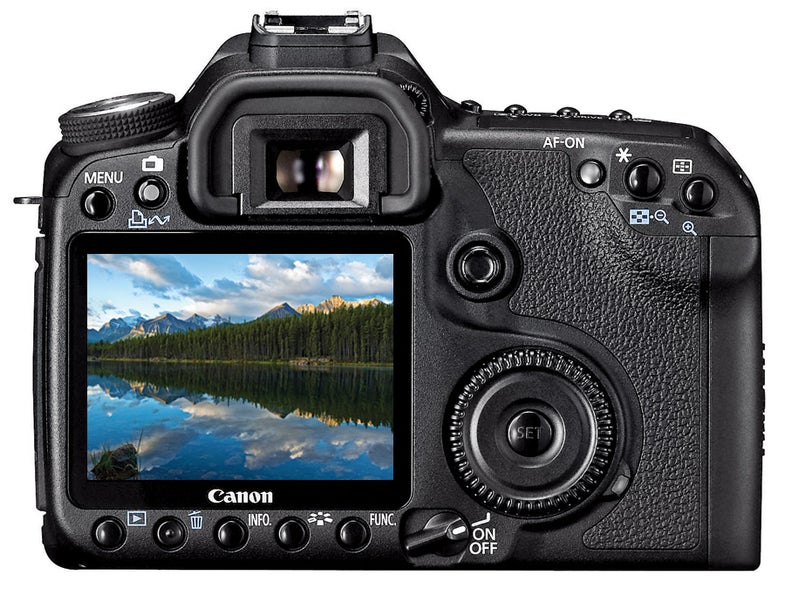5 Things You Should Know About Your Camera’s LCD
You will be amazed at what you can really do with your camera's screen.

We may earn revenue from the products available on this page and participate in affiliate programs. Learn more ›
1. What You See May Not Be What You Get.
If you shoot RAW, the LCD actually shows you the JPEG preview. So don’t panic if the color, contrast, and exposure aren’t exactly what you were looking for-your file will contain more data and be more flexible. On the other hand, the LCD image may look better than your final print-images on LCD screens often seem brighter and sharper because they are smaller and backlit, so some exposure and focus issues may not be detectable.
2. You Can Zoom In To Check For Problems.
LCDs on both compacts and DSLRs almost always let you zoom in on areas in an image. Use yours to check for sharpness and depth of field.
3. It Can Help You Compose Your Picture.
Many cameras allow you to place grid lines over the image on your LCD during live-view shooting (and sometimes during playback). Use this grid to make sure your horizon is level, remind yourself not to place your subject squarely in the middle, or check to see that buildings aren’t keystoning.
4. It May Display Histograms For Both Exposure And Color.
The exposure, or luminance, histogram graphs the tones in your image from shadows (on the left) to highlights (on the right). The higher the peaks on the histogram in a given spot, the more pixels of that tone there are in your photo. A warning will blink over the areas in your image that are overexposed.
Many cameras also have RGB histograms-three separate graphs for each color channel. Find them in the custom functions or via the Info menu. These work the same way as the exposure histogram and can help you figure out if you’re losing detail in a particular color. Color histograms can help you make your black-and-white images look better, too. For example, if you’re shooting a red rose, check that your tones aren’t clipped in the red channel to get the cleanest image when you convert to monochrome-otherwise the reds may lack detail.
5. You Can Modify The JPEG Preview Of A RAW File Without Changing The Image File.
The LCD allows you to preview different versions of your image. For instance, you can compare how the image would look set for “natural” versus “saturated” color, or check it out with more or less contrast. Shooting JPEGs? You can modify the file itself through controls on the LCD.
Like what you just read? Check out more from Popular Photography’s October issue “The Great Outdoors Issue” on newsstands today. In it you will find in-depth features on nature photography, lab tests on the Olympus E-P1, how-to guides to help you become a better photographer, and much more. Subscribe to it here.